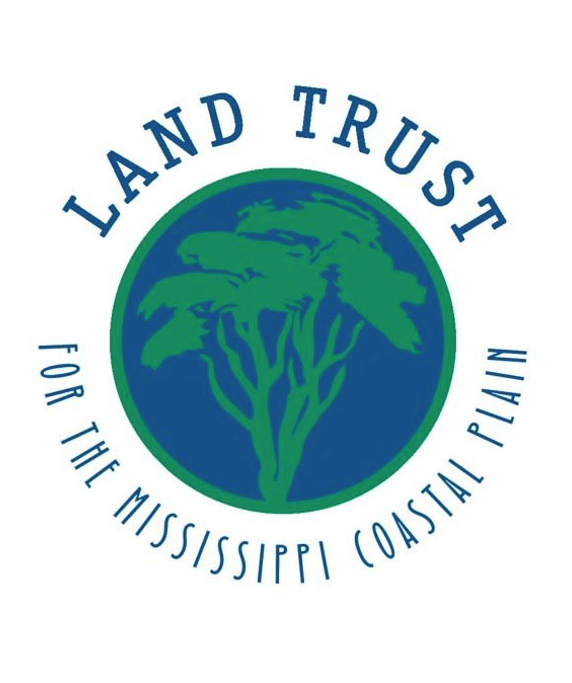Restoration of Native Ecosystems of the MS Coastal Plain
This is the first part in a series of articles that outline the goals and procedures for the restoration of native ecosystems in southern Mississippi. The Land Trust is publishing these articles to help the public understand periodic actions we take on some of our properties. Please contact us at info@ltmcp.org with questions, comments or concerns – we would love to hear from you!
Part I: The Native Longleaf Pine Ecosystem
The Land Trust often works on the restoration of native ecosystems. The longleaf pine ecosystem is an ecosystem we frequently work to restore, because it was historically very common here on the Coastal Plain. In fact, it covered a huge portion of the southern United States. Comprised of forests and savannas, the ecosystem occurred on sites ranging from wet, poorly drained flats to uplands. Fire would frequently affect the ecosystem, but the native species were adapted to not just survive, but thrive as a result.
Longleaf pines were a keystone species of the native ecosystem. In addition to providing fuel for fire, the growth habits of the longleaf pine tree helped encourage fire to remain at the surface of the ground only, and the trees themselves are uniquely adapted to survive in fire-prone environments.
Prior to settlement, fire would occur every few years, usually started from lightning strikes. The fallen pine needles from longleaf pine trees are highly flammable and would therefore actually facilitate both the ignition and the spread of fire. Fires would stay low to the ground because that was where the fuel was found. These “surface fires” moved through the ecosystem quickly because lightning struck regularly, so there wasn’t ever time for significant amounts of fuel to accumulate.
As seedlings, longleaf pines initially focus most of their energy on root growth. They grow a tuft of needles surrounding a large bud, but don’t grow a stem until their taproot has had time to grow deeply into the ground to reach water. Then they bolt, growing 3-6’ quickly which places the bud and needle tuft out of reach of surface fires. In addition, longleaf pines branch only near the crown, so there simply isn’t fuel in the form of branches for fires to be able to use as fuel to travel up into the canopy.
Herbaceous material thrives in the understory of longleaf pine ecosystems. Many of the perennial grasses that made up the ground story of native longleaf pine ecosystems respond to fire events by flowering more prolifically, resulting in an increase of seed production following a fire. The abundant variety of flora that flourishes in the longleaf pine ecosystem makes them one of most biodiverse plant communities in the world.
Fire helped the native flora maintain site dominance because other species that were less adapted to fire could not become established in the fire-prone ecosystem. This changed with fire suppression, which began as a result of settlement starting in the late 1800s. In addition, vast tracts of longleaf pine were harvested by the commercial logging industry for lumber and pine resin for the maintenance of wooden ships, and the land was replanted with faster growing species or kept clear for crops and cattle. Ultimately, the range of the longleaf pine ecosystem was reduced by about 97%, with the remaining ecosystem fragmented into isolated blocks.
The Land Trust works on restoration of longleaf pine ecosystems in order to reestablish some of the amazing biodiversity that flourished in these systems.
Stay tuned for our next post about the restoration of native ecosystems!


